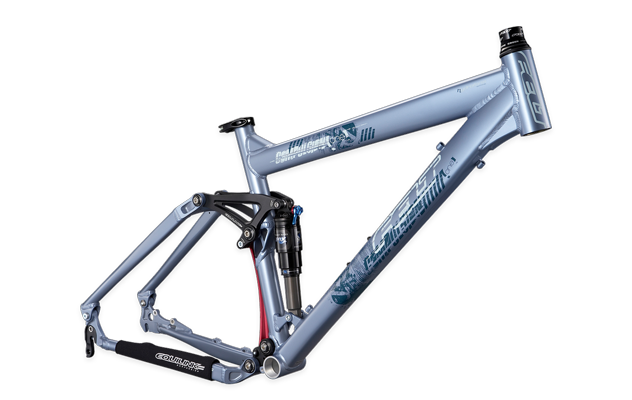Nehmo
10 kW

Rear suspension frame arrangements fall into two categories:
One arrangement is that in which the seat stays (upper frame members by the rear wheel) are pivoted by the rear axle and also pivot with a rocker arm near the seat, like with the red XR-200 above.
The other is where the seat stays and chain stays (bottom frame members by the rear wheel) are fixed together near the rear axle forming a solid rear triangle, as in the yellow-black XR-75 below

Is one better than the other? In the Mongoose series, the more expensive bikes use the rear pivot rocker-arm arrangement, but this is not a rule with other brands. Is one arrangement stronger than the other? Lighter? Is it simply a design preference?
In terms of e-bikes, the suspension isn't directly related to the drive system, but the frame arrangement does dictate shape and size of the open spaces. The rocker-arm arrangement gives more space up front for equipment, but it makes it difficult to construct a rack over the rear wheel.
A typical off the shelf rack






